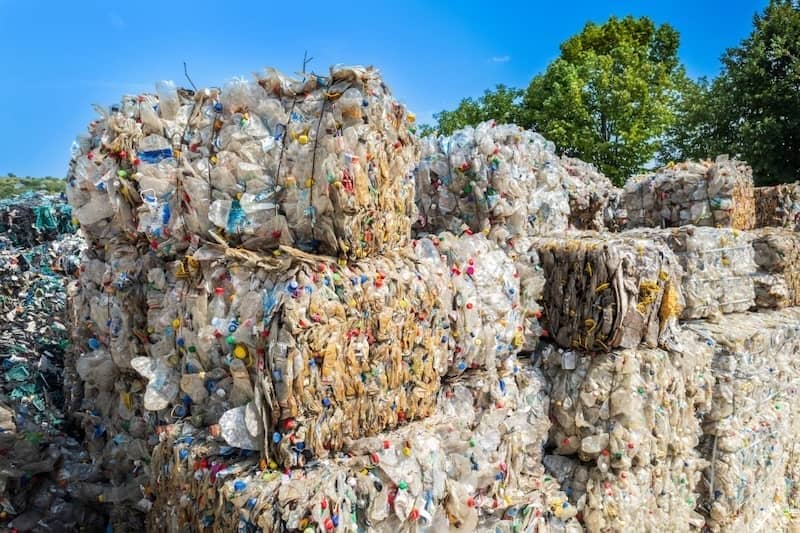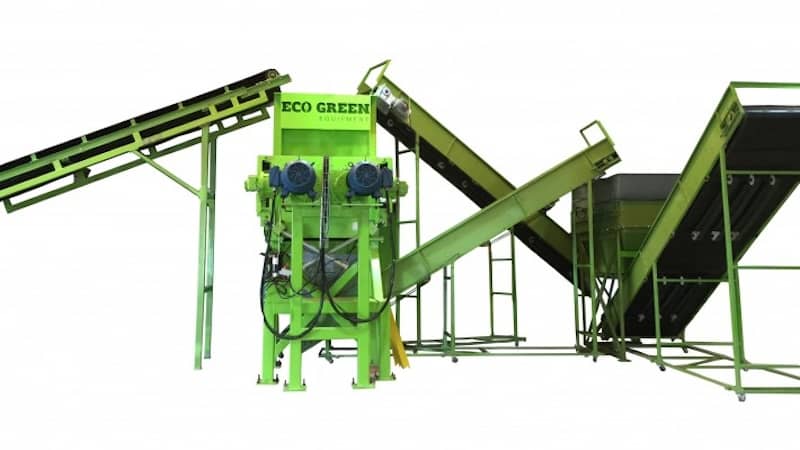Dealing with wood waste has been a null issue for most of history. Burning leftover scraps or throwing them out with the rest of the garbage has been the standard practice the world over. In the last few decades, though, we have gained a better understanding of the emissions from burning wood. There has also been a rise in products that can be made out of recycled wood waste. As a result, wood grinders have become essential tools for converting wood waste into useful materials worldwide in hundreds of industries.
Benefits of Wood Grinders
1. Reduction of Landfill Waste:
Wood waste that is not processed often ends up in landfills, taking up valuable space and contributing to methane emissions as it decomposes. By grinding wood waste, we can reduce the volume of waste that reaches landfills.
2. Profitable Products:
Grinding wood scraps into mulch, wood pellets or other wood products is an opportunity to make substantial profits from an otherwise valueless material. Depending on your location and buyers, wood scraps processed by a wood grinder could be the focus of your entire business.
3. Prevention of Air Pollution:
Burning wood waste releases harmful pollutants, including carbon dioxide, particulate matter, and volatile organic compounds into the atmosphere. Smoke often becomes trapped low to the ground, contributing to many public health threats. Using wood grinders to process waste eliminates the need for burning, reduces air pollution, and contributes to clean air.
Wood Grinders and Shredders vs. Wood Chippers
While the terms wood grinders, shredders, and chippers are often used interchangeably, they serve distinct purposes and have different operational mechanisms.
Wood Grinders and Shredders: These machines are designed to reduce wood waste into fine particles or mulch. They use high-speed rotating blades or hammers to pulverize the material. Grinders are ideal for handling large volumes of mixed wood waste and producing uniform output suitable for composting, mulching, or biomass fuel.
Wood Chippers: Chippers typically handle lighter wood waste, such as leaves, small branches, and garden debris. They use sharp blades or flails to cut the material into small pieces. Shredders are best suited for residential use and smaller-scale applications where fine grinding is unnecessary.
Wood Grinder Industry
Grinders are commonly used in industries such as forestry, landscaping, and construction, where large amounts of wood waste are generated. By breaking down this waste, wood grinders help repurpose materials that would otherwise contribute to environmental problems.
Key Features of a High-Performance Wood Grinder
When selecting a wood grinder, these features are critical to maximize efficiency, durability, and suitability for the intended application.
1. Speed and Power:
The speed and power of a wood grinder determine how much waste a single grinder can process in a given amount of time. High-speed grinders can process large volumes of wood waste quickly, increasing productivity. Look for grinders with powerful engines and high RPM (revolutions per minute) ratings to ensure they can handle tough materials efficiently.
2. Size and Capacity:
The size and capacity of the grinder should match your operational needs. Larger grinders are better suited for heavy-duty applications and extensive wood waste processing, while smaller grinders are easier to relocate if your work site is likely to change over time.
3. Durability and Build Quality:
A high-performance wood grinder should be built to withstand harsh conditions and heavy use. Look for machines constructed from robust materials, such as high-grade steel and protective paint. Those with reinforced and or redundant components have a longer working life.
4. Ease of Maintenance:
All machines require regular maintenance. However, not all maintenance is the same in terms of difficulty and expense. Choose a wood grinder with easy access to key components, such as blades and screens, to simplify cleaning, repairs, and part replacements. Machines with self-cleaning features can reduce maintenance efforts. Some grinder manufacturers supply free or discounted maintenance assistance.
5. Safety Features:
Due to their use for processing wood, low-quality grinders pose a serious health and safety risk to operating personnel. Safety should be a top priority when choosing a wood grinder. High-performance models come equipped with various safety features, such as emergency stop buttons, protective guards, and automatic shut-off systems to prevent accidents and injuries.
Taking these five features into consideration will go a long way to making sure your wood grinder purchase gives your business the benefits from properly reusing wood waste. Some of the largest benefits are on the environmental front.
In Short
Choosing the right recycling equipment starts with knowing what to look for. Identify the features that your specific needs demand. The key features to consider are speed, size, durability, maintenance, and safety. Knowing the differences between wood grinders, shredders, and chippers can help you select the appropriate tool for your application.
Investing in a high-performance wood grinder not only enhances operational efficiency but also contributes to sustainable waste management practices, reducing environmental hazards and promoting a healthier planet.




